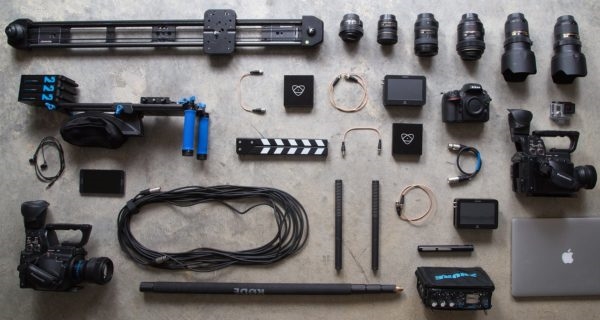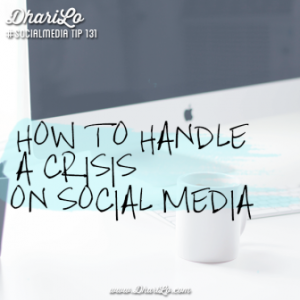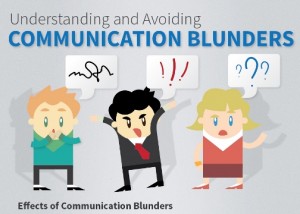— July 6, 2018

Free-Photos / Pixabay
There’s a reason video continues to rise as one of the most powerful mediums we have — it connects us on a human level, it’s moving and engaging. With video, you can take something intangible, like B2B analytics software, and bring it to life. Three minutes of video has the potential to be far more powerful at conveying the value of a business than any whitepaper or email ever could.
To put it simply: video works. But just creating video content is not enough. Making a video and driving return on investment from it are two completely different things. Too often, we miss the mark on the implementation side of our video strategy, leaving real business value on the table.
Here are five key ways to make sure your video campaign is a smashing success:
1. Video is measurable. So measure it!
Like all digital marketing, video is measurable. But many companies miss the simple act of connecting it to real business results. We spend a lot of time putting together email campaigns, driving whitepaper downloads, and increasing traffic to our blogs. We set up beautiful nurture and personalised campaigns based on what users click on and download. So why are we operating video in a silo, separate from the rest of our marketing stack?
The ability to measure video impact is no longer about view counts; it’s about who is viewing your video. Instead of focusing on clicks, we need to build out profiles of individual viewers and communicate with them based on their needs and interests.
This is what takes video campaigns to the next level and allows us to serve consumers the most relevant content
2. Think experiential and outside the box
Video works, but it doesn’t have to work at the expense of your other content. Embedding a large player box to watch a single video means sacrificing valuable real estate as well as decreased engagement with other parts of the page.
A better way is to think about video outside the context of the player by making it a key piece of your user experience strategy.
When it comes to user experience, brands are beginning to bring interactivity into the equation with powerful results — videos with interactive elements have a much higher click-through rate compared to linear video. Interactivity doesn’t have to be complex. It comes in all shapes and sizes from gamification to quizzes, chaptering to hotspots and calls to action. It transforms a video from a one-way conversation into a two-way dialogue.
Not only does interactivity help increase completion rate, time on sight, click-throughs, and engagement, but it can also play an important role in strategy development. Every click and action is measurable, providing greater insights into your audience.
3. Personalization, personalization, personalization
In a world increasingly defined by customer-centricity and user experience, it should come as no surprise thatpersonalizationn in video really works.
Most brands and companies still deliver a single video message to all of their users, but we’re learning that it’s important to take it a step further.
At Brightcove we practice what we preach, so we’ve embraced a video-first account-based marketing (ABM) strategy. We use personalised videos for demand gen as well as land and expand targets. By creating bespoke videos for various accounts, we can immediately engage customers and create a personal connection. Integrating this into account-based advertising campaigns means videos are delivered to the right audience across social channels and email.
And the results have been outstanding.
Emails have a 224 percent open rate. Yes, people liked the outreach so much, they were forwarding it to colleagues. And across account managers, we have an 80 percent engagement rate on video.
4. Expand your reach to expand your ROI
Unlike the 1960s or even the early 2000s, we can no longer expect our audience to gather together to watch TV. Today, our campaigns must reach the audience where they are and deliver content that matches consumption habits across multiple screens and different social channels.
And while you have to think about content length and context for each channel, you do not need to create a whole new video for each medium. You can take the same video and cut it down to different lengths depending on the platform.
Why is this important? Almost half of people on social watch branded videos, and more than half make a purchase after watching.
But we can’t stop there. Connected TVs (CTV) are shaping up to be another critical distribution channel. According to the IAB Australia, Connected TV streams grew by 351 percent over a 15 month period alone (January 2016 – March 2017). And with over 2.9 billion ad opportunities served across Australia’s main four free to air broadcasters via Connected TV streams, CTV is becoming a medium to consider for your next campaign.
It’s about time brands catch on.
5. Go live
Live video is growing, with audiences coming to expect some form of live coverage for major events.
This shift is reflected in the number and variety of live events we have seen in the last year. The Exploratorium recently brought us the solar eclipse, live. Sotheby’s auctions are live. We even had a customer live stream a brain surgery!
We already know that video has the unique ability to win over the hearts and minds of viewers, but going live just makes it that much more engaging.
Play to win with a video-first strategy
The best companies have a video-first strategy. When you think video-first, you’re forced to come up with the full story you want to tell. And with that story, you can easily create the rest of the content that surrounds the video: the email, the landing page, the blog.
Digital & Social Articles on Business 2 Community
(81)
Report Post






